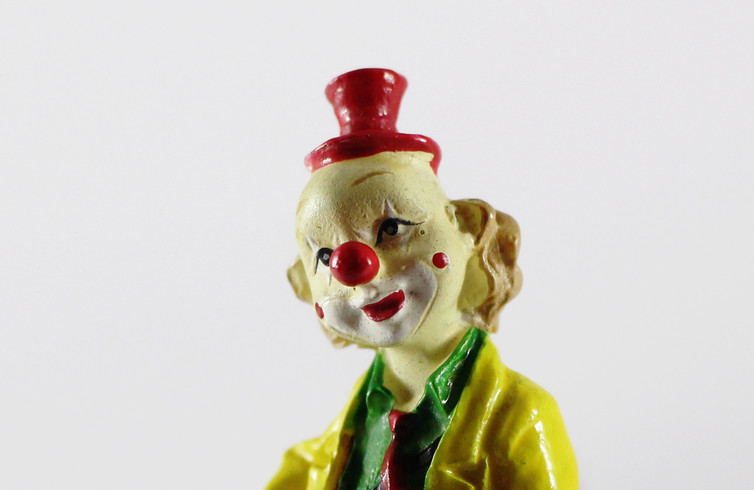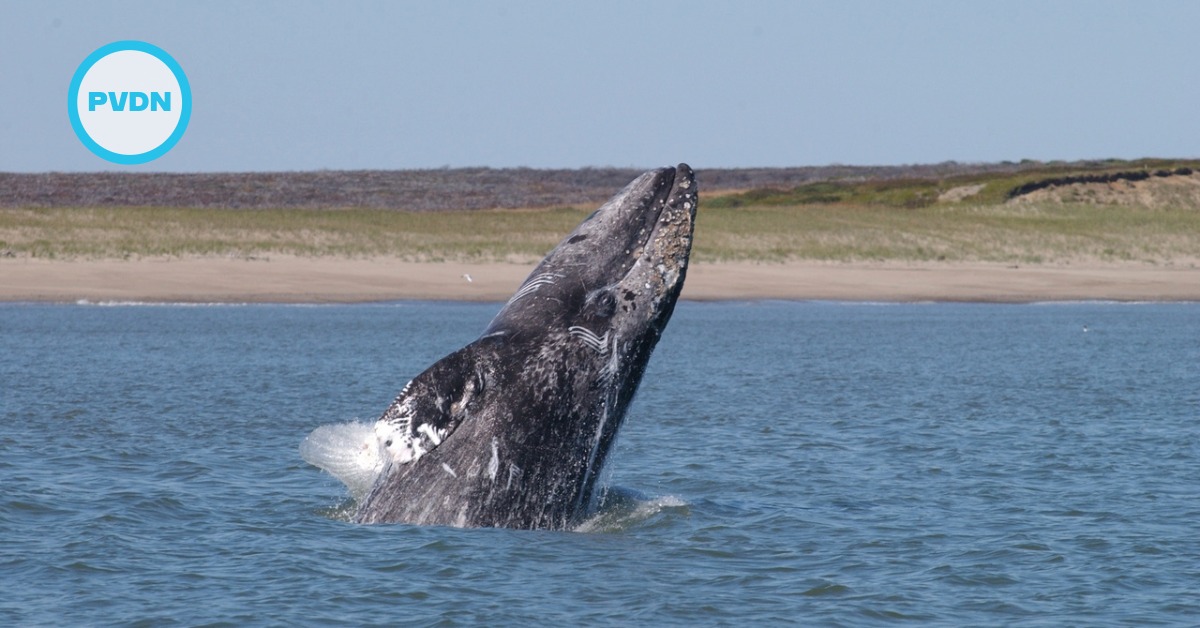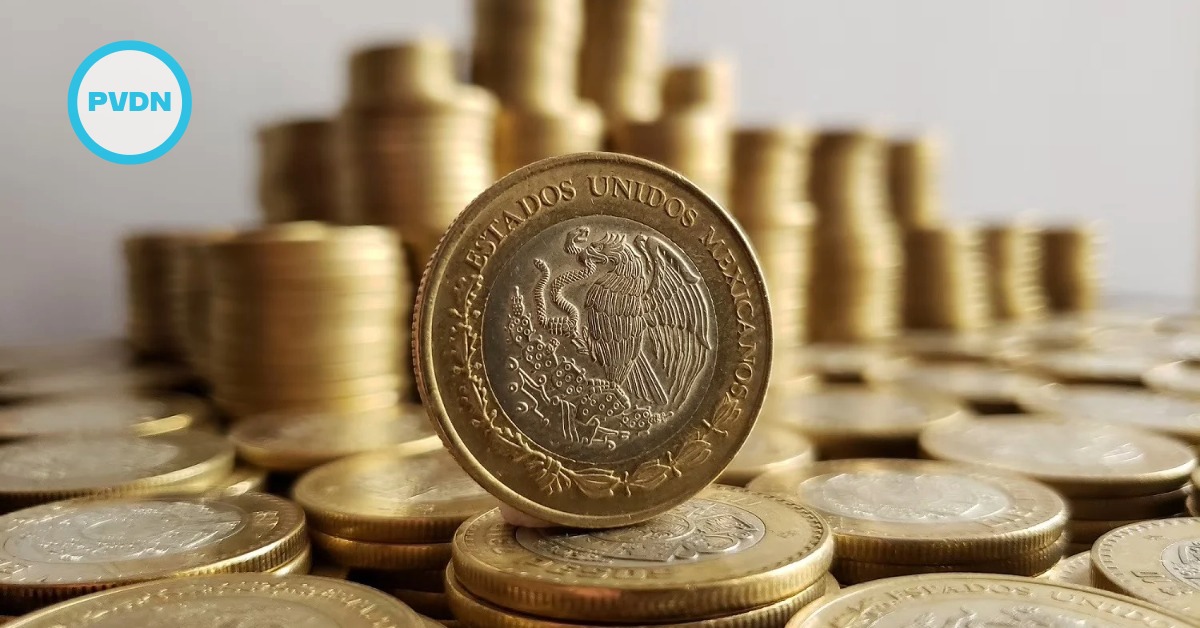For several months in 2016, creepy clowns terrorized America, with sightings of actual clowns in at least 10 different states.
These fiendish clowns reportedly tried to lure women and children into the woods, chased people with knives and machetes, and . . .







